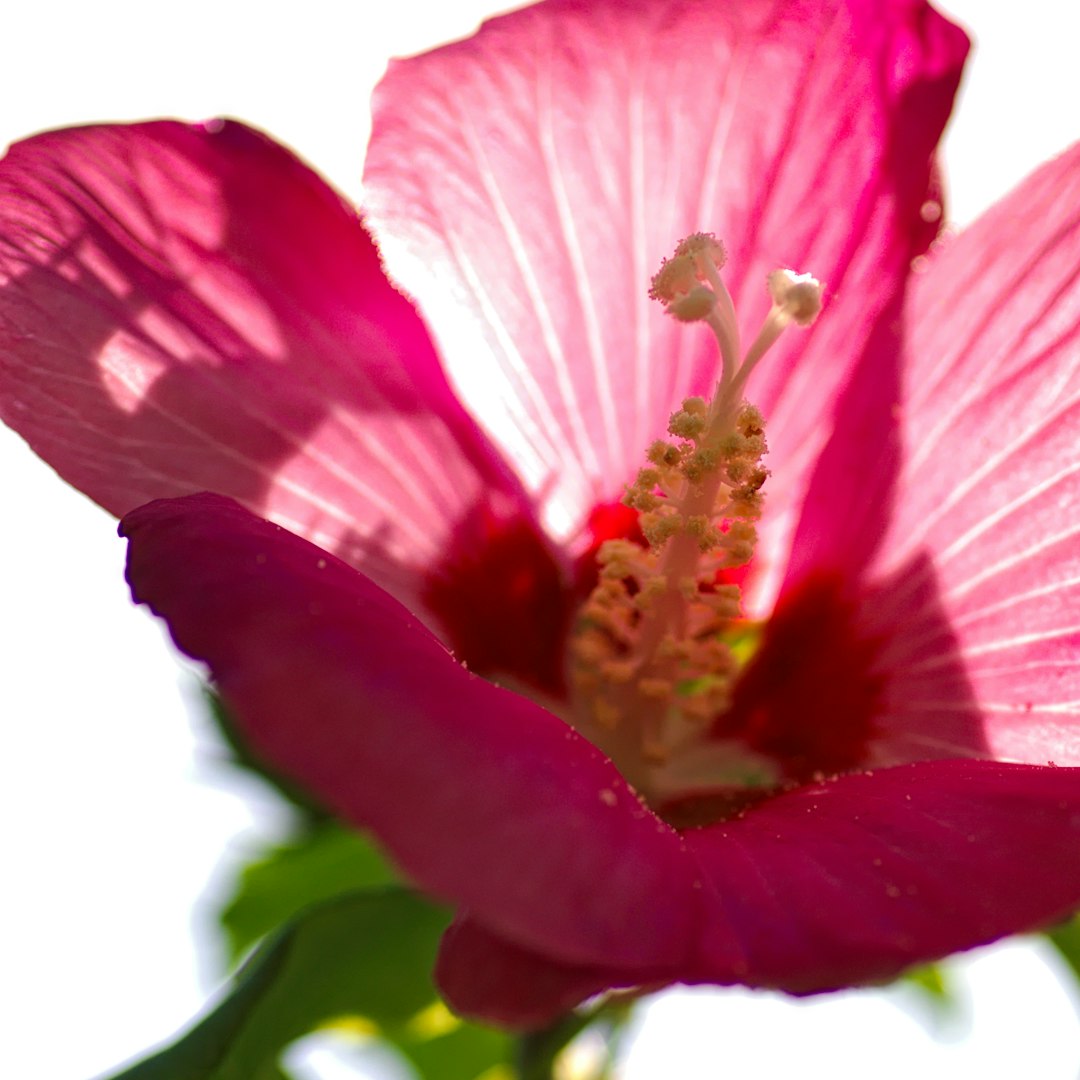Unveiling the Secrets of a Thriving Yard: Mastering Your Gardening Soil

When it comes to cultivating a healthy garden, one element stands above the rest: your soil. The dirt beneath your feet is not just a medium for plant growth; it's a living, breathing ecosystem that can make or break the success of your yard. In this article, we'll debunk some common myths about gardening soil and provide you with practical tips on how to care for it properly.
Myth 1: All Soils Are Created Equal
One of the most widespread misconceptions in gardening is that all soils are the same. In reality, soil composition can vary greatly depending on factors such as location, climate, and geology. Some soils are sandy, which means they drain quickly but may not hold nutrients well. Others are clayey, which can retain water but may become compacted and difficult for roots to penetrate. Loamy soil, on the other hand, is considered the ideal type for gardening as it combines the best of both worlds: good drainage and nutrient retention.
To determine the type of soil you have in your yard, you can perform a simple soil test. Take a handful of moist soil and squeeze it in your hand. If it forms a loose ball that crumbles easily, you likely have loamy soil. If it forms a sticky ball that holds its shape, you may have clay soil. And if it falls apart quickly, you probably have sandy soil.
Myth 2: Adding More Fertilizer Is Always Better
Another common myth is that adding more fertilizer will automatically result in healthier plants. While fertilizers can provide essential nutrients for plant growth, over-fertilizing can actually do more harm than good. Excessive amounts of fertilizer can lead to nutrient imbalances in the soil, which can cause problems such as stunted growth, leaf burn, and even environmental pollution.
Instead of blindly adding fertilizer, it's important to first understand the nutrient needs of your plants. You can do this by conducting a soil test, which will tell you the current nutrient levels in your soil and what amendments, if any, are needed. Based on the results of the soil test, you can then choose the appropriate fertilizer and apply it at the recommended rate.
Myth 3: Tilling Is Always Necessary
Tilling is a common practice in gardening that involves turning over the soil to loosen it and prepare it for planting. While tilling can be beneficial in some situations, such as when you're starting a new garden or incorporating large amounts of organic matter into the soil, it's not always necessary. In fact, excessive tilling can disrupt the soil structure, destroy beneficial soil organisms, and lead to soil erosion.
If your soil is already in good condition, you may be able to get by with minimal tilling or even no tilling at all. Instead, you can use techniques such as mulching and cover cropping to improve the soil structure and fertility over time. Mulching involves covering the soil surface with a layer of organic material, such as straw, leaves, or wood chips, which helps to retain moisture, suppress weeds, and add nutrients to the soil. Cover cropping involves planting a crop, such as clover or rye, during the off-season to protect the soil from erosion, add organic matter, and fix nitrogen.
What to Do Instead
Now that we've debunked some common myths about gardening soil, let's take a look at what you can do to care for your soil properly:
- Test Your Soil Regularly: As mentioned earlier, conducting a soil test is the first step in understanding the nutrient needs of your plants and the condition of your soil. You can purchase a soil test kit at your local garden center or send a sample of your soil to a professional laboratory for analysis.
- Add Organic Matter: Organic matter is essential for healthy soil. It helps to improve the soil structure, retain moisture, and provide nutrients for plants. You can add organic matter to your soil by incorporating compost, manure, leaf mold, or other organic materials into the soil. Aim to add at least 2-3 inches of organic matter to your soil each year.
- Use Mulch: Mulching is a simple and effective way to improve the soil health and reduce maintenance in your garden. As mentioned earlier, mulch helps to retain moisture, suppress weeds, and add nutrients to the soil. Apply a layer of mulch around your plants, making sure to keep it a few inches away from the stems to prevent rot.
- Practice Crop Rotation: Crop rotation is a technique that involves planting different crops in the same area each year to prevent the buildup of pests and diseases in the soil. By rotating your crops, you can also help to maintain the soil fertility and structure. For example, you can plant legumes, such as beans or peas, which fix nitrogen in the soil, followed by a heavy feeder, such as tomatoes or corn.
- Protect Your Soil from Erosion: Soil erosion is a major problem in many gardens, especially those on slopes or in areas with heavy rainfall. To prevent soil erosion, you can use techniques such as terracing, contour plowing, and planting groundcovers. Terracing involves creating a series of level platforms on a slope to slow down the flow of water and prevent soil from washing away. Contour plowing involves plowing along the contour lines of a slope to create a series of ridges and furrows that help to trap water and prevent soil erosion. Groundcovers, such as grasses or low-growing shrubs, can help to hold the soil in place and prevent erosion.
In conclusion, caring for your gardening soil is essential for the health and success of your yard. By debunking common myths and following these practical tips, you can improve the soil structure, fertility, and health, and create a thriving garden that you can enjoy for years to come.